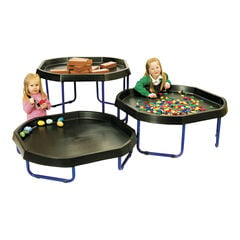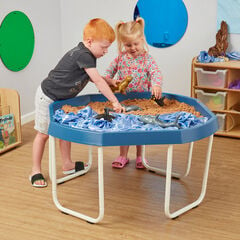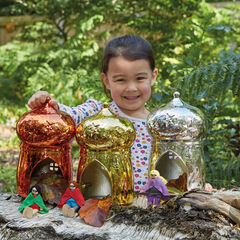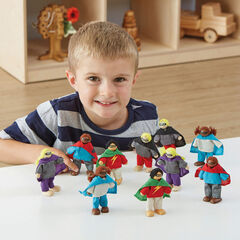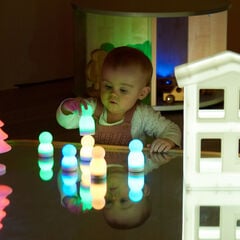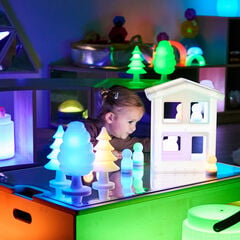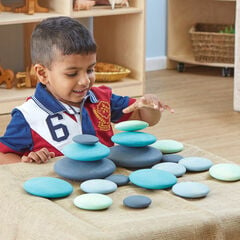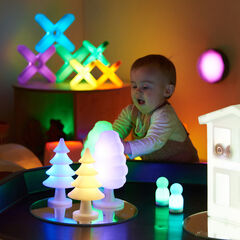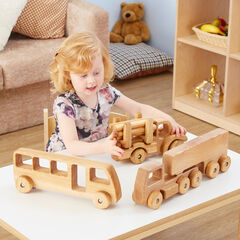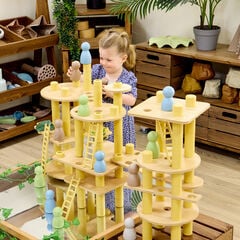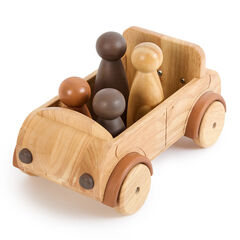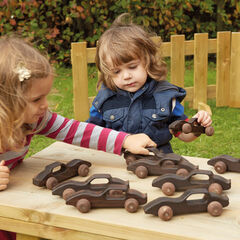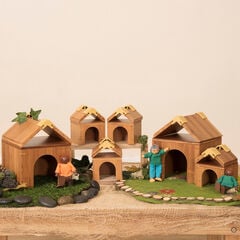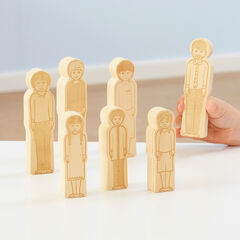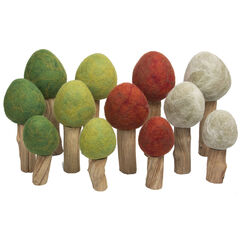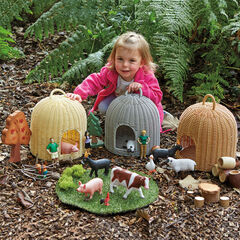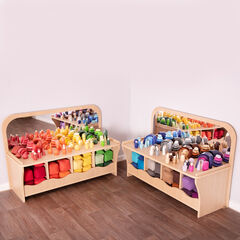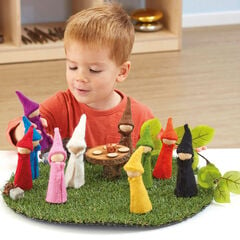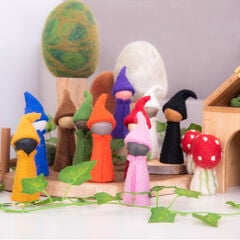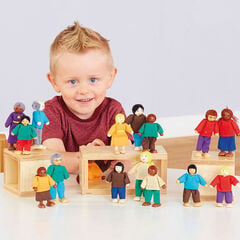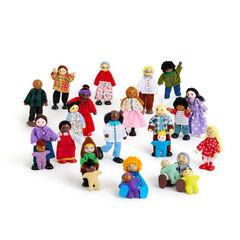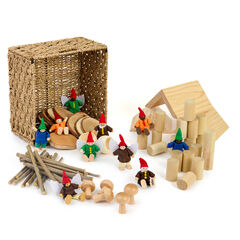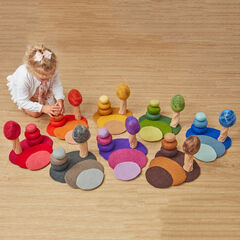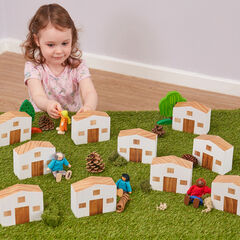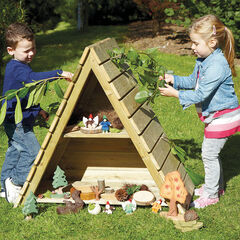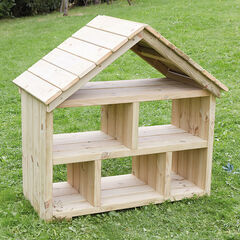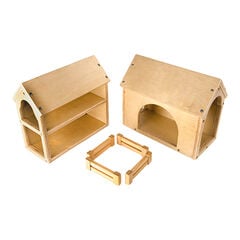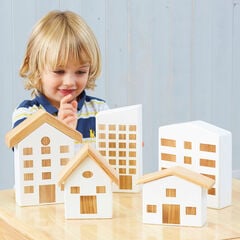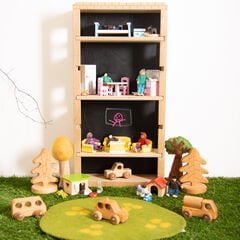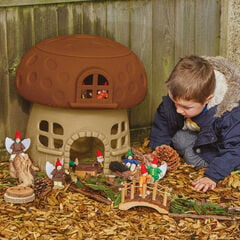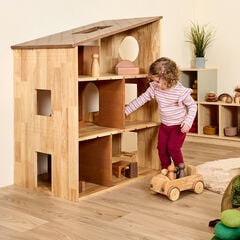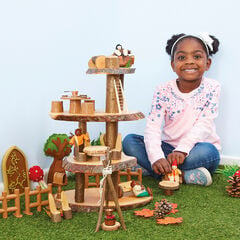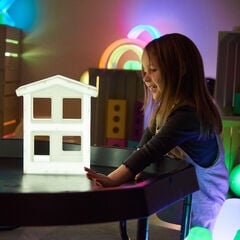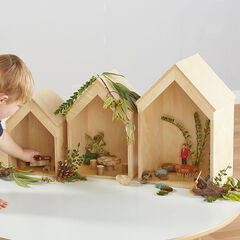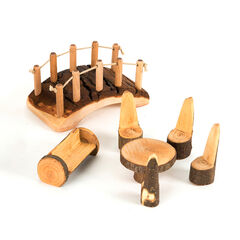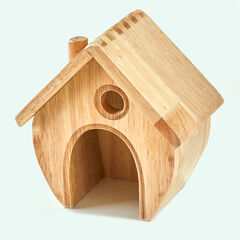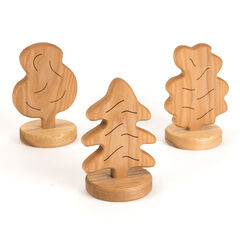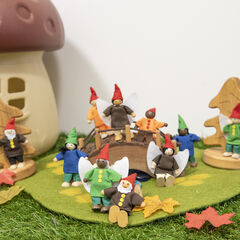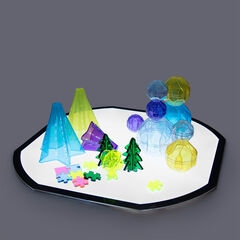Small World Play – A Gateway to Imagination, Learning and Belonging
Small world play is a magical aspect of early years education. It ignites children’s imaginations and offers endless opportunities for learning. Whether it’s creating a miniature farm with animals and hay bales, re-enacting scenes with dinosaurs, or exploring ideas with high quality continuous provision, natural materials and loose parts, small world play captivates children and draws them into a world of their own making. But it’s so much more than fun – it’s foundational to their development and a brilliant opportunity to support inclusion and belonging.
What Is Small World Play?
Small world play involves using miniature figures, animals, vehicles, buildings, and man-made or natural materials to create a scaled-down environment. These setups might represent real-life settings (like a zoo or a house) or imaginary ones (like outer space or fairy-tale kingdoms). Children can act out stories, recreate experiences, and invent new scenarios in these spaces, either independently or collaboratively.

Why Is Small World Play Important?
Children can spend hours absorbed in small world play; not only is it fun and engaging, but it’s educational and developmental. Here are some of the skills it develops and supports:
Imaginative Play
Children can create their own narratives, which enhances their creativity, particularly if they are offered open-ended resources which allow them to take their imagination anywhere they want to. This freedom encourages them to think outside the box, explore different roles, and build complex storylines that reflect their interests and experiences.
Language Development
Acting out stories allows children to practice and develop language skills, including vocabulary, storytelling, and communication. It provides opportunities to use new words in context and enhances their ability to structure sentences. Playing alongside others promotes conversational skills, turn-taking, and the ability to listen and respond appropriately.
Social Skills
When playing with peers, children negotiate roles, share ideas, and solve problems together – important life skills that promote cooperation and empathy. They learn to navigate group dynamics, resolve conflicts, and appreciate different perspectives.
Cognitive Development
Planning and organising their play helps with critical thinking, sequencing, and understanding cause and effect. Children develop problem-solving skills as they figure out how to structure their small world environments and adapt their narratives when challenges arise.
Emotional Expression
Small world play offers a safe space for children to explore feelings and work through experiences. It can be therapeutic, allowing them to process emotions or mimic scenarios they’ve encountered in real life. This can be particularly beneficial for children who find it difficult to express themselves verbally.

Support for Children with SEND
Small world play can be especially valuable for children with Special Educational Needs and Disabilities (SEND). It provides a non-verbal medium for communication, helps with sensory exploration, and can be tailored to meet individual needs.
To read more about how small world play supports learning, read our blogs, ‘Small World Play and How it Supports Learning in Early Years‘.
Why Is Diversity and Representation Important?
Representation matters everywhere, and especially in the early years. When children see themselves, their families, and their communities reflected in small world play, it reinforces their sense of identity and belonging. Equally, it is vital that all children are exposed to diverse perspectives, so they grow up with an understanding and appreciation of the rich variety in the world.
Small world play also gives children the chance to explore themes of inclusion naturally. For example, a child playing with diverse doll families might recreate scenarios that challenge stereotypes or celebrate differences without prompting from adults.
Ideas for How to Make Small World Provision Diverse and Representative
Ensuring your small world play is inclusive and diverse is really important – here are some practical ideas:
Choose Diverse Figures
Look for figures representing different ethnicities, diverse abilities, ages, and family types. Include open-ended figures such as peg dolls, which allow children to project their own ideas and stories onto them.
Reflect the Local Community
Think about the families and cultures in your setting. Could you add small-world items that represent specific festivals or occupations for example? This makes the play more meaningful and relatable for children.
Challenge Stereotypes
Provide figures that challenge traditional gender roles, such as male caregivers or female construction workers. This helps children understand that everyone can take on any role, regardless of gender.
Use Natural and Recycled Materials
Loose parts, cardboard boxes, and scraps of fabric can become houses, mountains, and more. These materials encourage creativity, imagination, and are cost-effective, making it easier to diversify your resources.
Additional Top Tips for Successful Small World Play
Open-Ended Play
Avoid dictating how children should play. Let their imaginations lead the way, offering gentle support or prompts if needed.
Continuous Provision
Audit your small-world provision regularly. Do you have enough variety, or maybe too much of one type of resource? Remember, less is often more – too many options can be overwhelming.
Presentation and Organisation
How resources are presented to the children makes a difference. Are all the dinosaurs stuffed in a box, or are they presented neatly on a shelf for children to clearly see what’s available? Thoughtful presentation can inspire more meaningful play.
Regular Refreshes of Small World Resources
If your setting is small, keep small world areas engaging by rotating themes and materials. Introducing new resources (such as Glow Small World or Light Sources) or rearranging setups can reignite interest.
Observe and Extend
Watch how children use the resources and add enhancements to extend their narratives. For example, if children are playing with farm animals, you could introduce a tractor or a barn to enrich their play.
Involve the Children
Ask children what they’d like to include. Their ideas might surprise and inspire you! This not only empowers them but also ensures the play areas are relevant and engaging.
Taking Small World Play Outdoors
Small world play can often be seen as an indoor activity, but what about the children who thrive in outdoor spaces? Do they have the same access to small world opportunities outside? Taking small world play outside opens up exciting opportunities – children can create bigger, bolder scenes using natural materials, larger spaces, and open-ended resources. It’s a chance to scale up their play and let their imaginations roam even further.
Scaling Up Small World for Babies and Toddlers
Small world play is just as valuable for babies and toddlers so take a moment to review your provision for this age group. Do you have larger figures, vehicles, and accessories that are easy to grip and move around? Choosing the right size, and considering different textures helps ensure small world is inclusive for all age groups, accessible, engaging, and developmentally appropriate from the very start.
If you would like more information on the benefits of Giant Small World, read our blog, ‘Small World Goes Large‘.
If you would like to read more from Shardi Vaziri, why not read her blog, ‘Small World Resources – Shardi Vaziri’s Top 5‘.
Final Thoughts
Small world play is more than just a staple of early years education – it’s a mirror of the world we want to build for our children. By creating inclusive, diverse, and imaginative small world setups, we can help children see themselves as valued, learn about others, and develop the skills they need to thrive in an interconnected world.
Thank you to Shardi Vaziri for writing this blog.
Shardi is an Early Years Advisor specialising in loose parts and sustainable provision on a shoestring. You can contact her at www.earlyyearsonashoestring.com and follow her on Instagram @Earlyyearsonashoestring
























